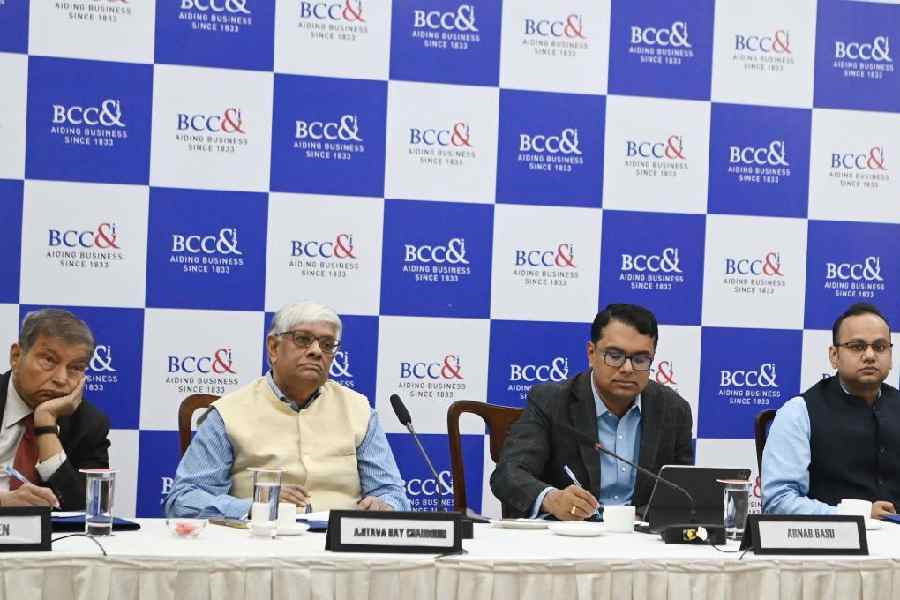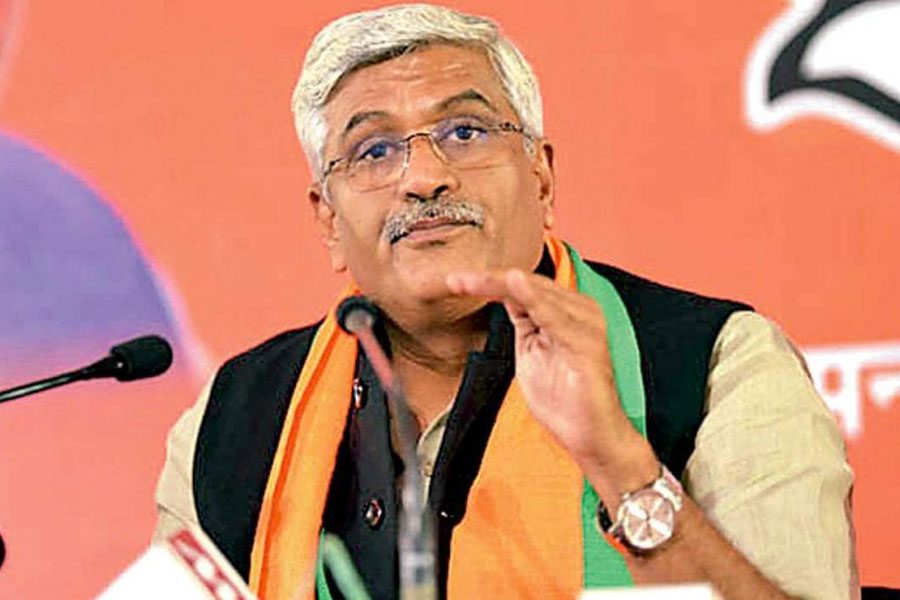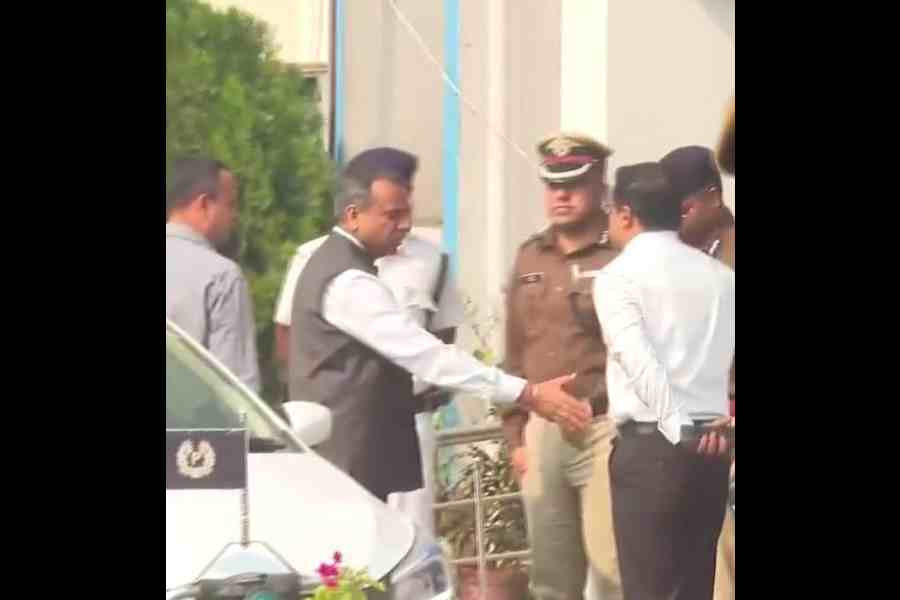The budget 2025-26 has set a fiscal deficit target of 4.4 per cent of gross domestic product (GDP), down from a revised 4.8 per cent in FY25, as the government shifts its fiscal strategy towards reducing its debt-to-GDP ratio.
Finance Minister Nirmala Sitharaman outlined a medium-term fiscal consolidation road map aiming to bring the central government’s debt-to-GDP ratio down to 47.5-52 per cent by FY31, from an estimated 57.1 per cent in FY25. The FY26 debt-to-GDP ratio is projected at 56.1 per cent , assuming nominal GDP growth of 10.1 per cent.
The shift marks a departure from India’s previous practice of targeting the fiscal deficit directly. Instead, the government will now align its deficit reduction with a declining debt burden. “Our endeavour will be to keep the fiscal deficit each year such that the central government debt remains on a declining path as a percentage of GDP,” Sitharaman said in her Budget speech.
The new fiscal framework provides flexibility based on three economic growth scenarios—10 per cent , 10.5 per cent , and 11 per cent —with corresponding debt-to-GDP reduction targets. The approach, detailed in the “Medium-Term Fiscal Policy cum Fiscal Policy Strategy Statement,” is designed to improve fiscal transparency while allowing room for countercyclical spending.
The government projects net market borrowings at ₹11.54 trillion in FY26, with gross borrowings estimated at ₹14.82 trillion. The reliance on small savings and other sources will help bridge the fiscal gap.
India’s fiscal deficit peaked at 9.2 per cent of GDP in FY21 amid pandemic-related spending before gradually declining to 5.8 per cent in FY24. The fiscal road map aims to bring the deficit below 4.5 per cent by FY26, strengthening India’s case for a sovereign credit rating upgrade.
“The strategy is designed to improve India’s debt dynamics, but a weaker debt burden or lower interest costs are unlikely to change our broader assessment that India’s fiscal strength remains weaker than its investment-grade peers,” said Christian de Guzman, senior vice-president, Moody’s Ratings.
The budget forecasts an 11 per cent growth in gross tax receipts to ₹42.7 trillion in FY26, with personal income tax projected to rise 14.4 per cent to ₹14.38 trillion and corporate tax increasing 10.4 per cent to ₹10.82 trillion. Goods and Services Tax (GST) revenue is expected to grow 11 per cent to ₹11.78 trillion.
Dividend income from the Reserve Bank of India (RBI) and public sector financial institutions is pegged at ₹2.56 trillion, up from ₹2.34 trillion in FY25. Total government receipts, excluding borrowings, are estimated at ₹34.96 trillion, while total expenditure is set at ₹50.65 trillion.
Capital expenditure will rise 10.08 per cent to ₹11.21 trillion in FY26, despite a downward revision for FY25 to ₹10.18 trillion from the earlier ₹11.11 trillion. The spending focus remains on infrastructure projects, including roads and railways, to support economic growth.
While fiscal discipline remains a priority, slower GST growth, volatile capital gains tax revenue, and rising welfare spending pose risks. The budget includes tax relief for middle-class consumers, aimed at boosting consumption, while maintaining a focus on public investment.
Despite improvements, India’s fiscal deficit remains above that of regional peers such as China, which maintains a deficit in the 3 per cent-3.5 per cent range. Ratings agencies have stressed the need for sustained deficit reduction for a potential credit upgrade.
“While the budget balances fiscal prudence with growth measures, much depends on revenue buoyancy and expenditure control,” said Aurodeep Nandi, economist at Nomura. “Fiscal consolidation gives the Reserve Bank of India greater room to begin monetary easing.”










